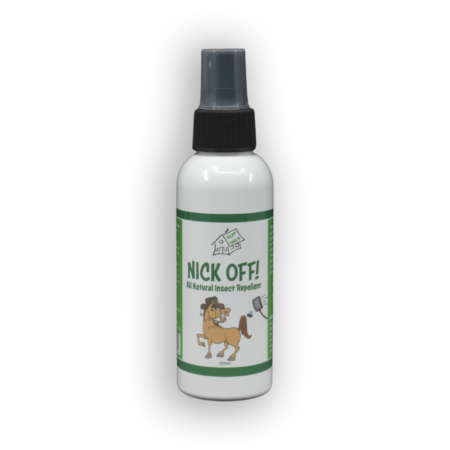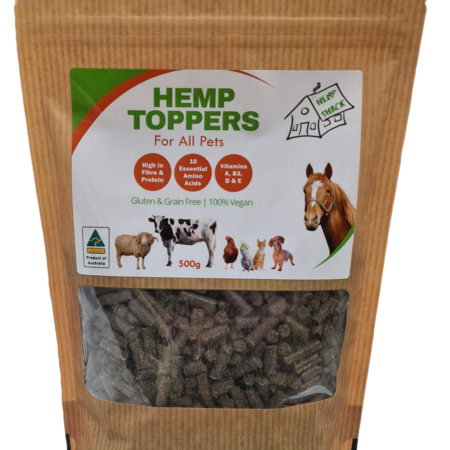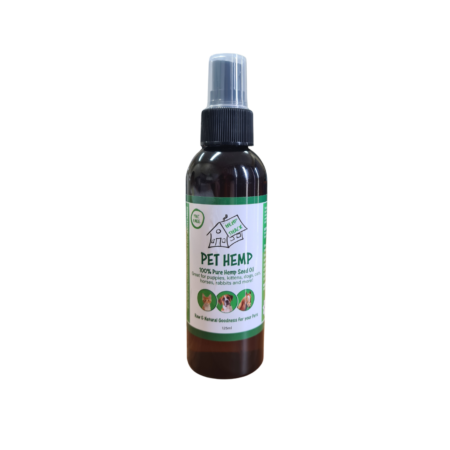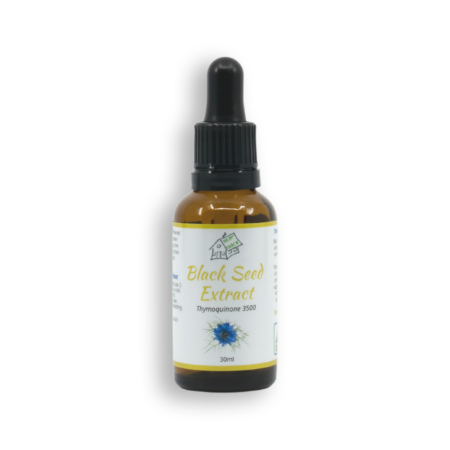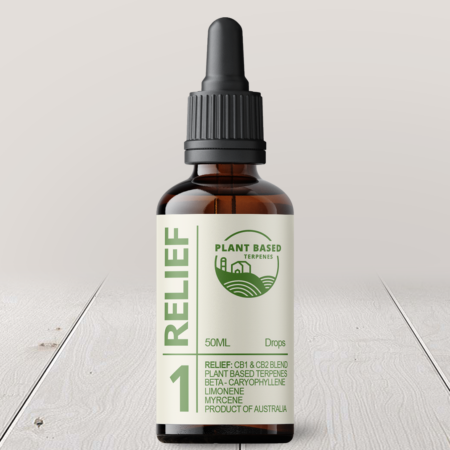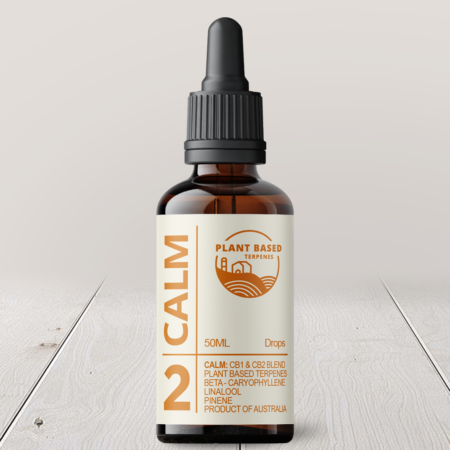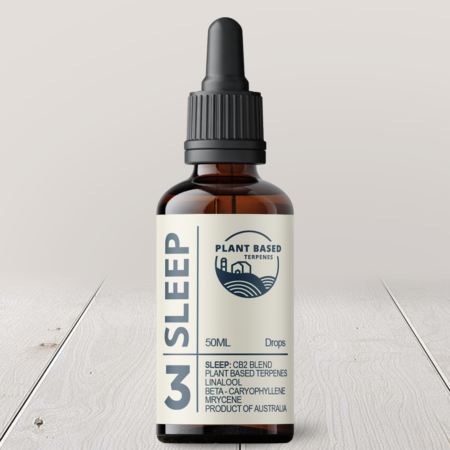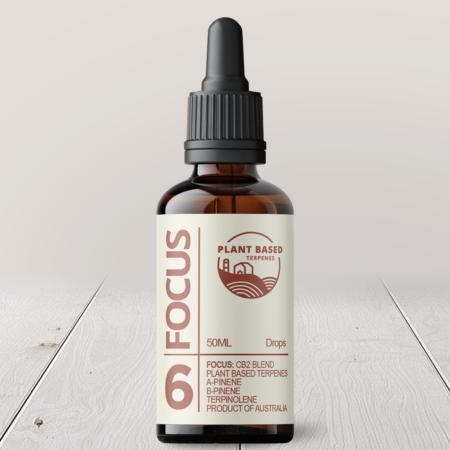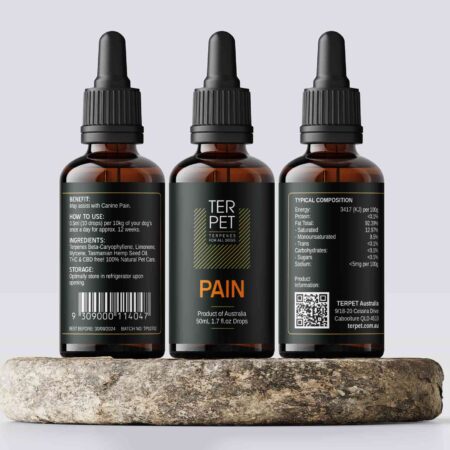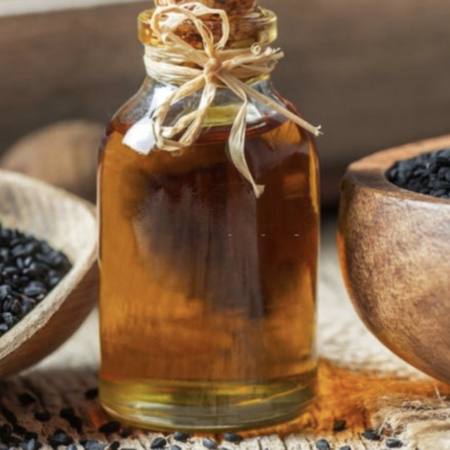
What is Myrcene?
Myrcene is sometimes referred to as the “mother of all terpenes” for its wide-ranging health benefits.
The word myrcene is named after a medicinal shrub from Brazil by the name of Myrcia sphaerocarpa. It’s also the active element of lemongrass that gives it sedating properties.
Other common sources of myrcene include hops, cannabis, mangoes, and basil, to name a few.
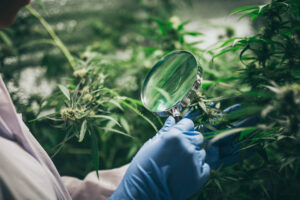
What Does Myrcene Smell Like?
Myrcene also carries some subtle sweet notes, which have been compared to ripe mango, juicy guava, and other exotic flavours.
What are the Effects of Myrcene?
Myrcene has many therapeutic benefits. Like other terpenes, myrcene is believed to have potential anti-inflammatory, potential anti-tumor, sleep-supportive, and other health benefits.
Traditional Uses of Plants High in Myrcene:
- Improve sleep
- Reduce pain
- Promote relaxation
- Enhance mood
- Relieve anxiety
- Relieve Stress
- Strengthen the immune system
Plants That Contain Myrcene
Aside from being found in cannabis, terpenes such as myrcene can be found in many different plants, including:
- Hops
- Houttuynia
- Lemongrass
- Mango
- Myrcia
- Verbena
- West Indian bay tree
- Cardamom
- Cloves
- Cinnamon
- Thyme
- Guava Melon
- Basil
- Black Pepper
- Oregano
Can Myrcene Make You Tired?
Herbal medicines that include myrcene have a long history of use as a sleep aid in folk medicine.
In Mexico, lemongrass tea rich in myrcene has been used as a sedative and muscle relaxant.
In Germany, myrcene-rich hops are used as a form of sleep aid.
These are just a couple of examples of myrcene potentially being able to make you sleepy and ready for a nap.
Some suggest that high doses of myrcene may have muscle relaxant effects.
One study revealed that myrcene could increase the amount of time that mice slept when administered in addition to narcotics [2].
A limited number of rodent studies have suggested that myrcene, given at high doses, could also have muscle relaxant effects. This is going to contribute to improvements in sleep quality as well indirectly.
While myrcene shows promise when it comes to having the potential to relax an individual and help them fall asleep and stay asleep, it’s also important to note that animal studies don’t always translate to humans.
More research is required before we can make any definitive decision regarding the effects of myrcene on sleep.
Can Myrcene Alleviate Pain?
Myrcene has been shown to work for pain most effectively when combined with THC [3].
Myrcene regulates other terpenes and cannabinoids, enhancing or buffering the analgesic or anti-inflammatory effects [4].
Scientific research has been conducted into the potential benefits of myrcene for neuropathic related pain.
In 2016, one study published in “Planta Medica” was conducted to determine the effects of myrcene and eugenol, another terpene, on pain caused by sciatic nerve injuries, a form of neuropathic pain [5].
Myrcene Research
One study actually looked at myrcene’s effectiveness in preventing peptic ulcer disease [6].
Another study conducted focused on lemongrass and its analgesic effects due to its myrcene content [7]. This study confirms that it was an effective pain reliever in traditional forms such as tea.
Another study on mice revealed that myrcene had potential anticonvulsant properties [8].
References:
- Cox-Georgian, D., Ramadoss, N., Dona, C., & Basu, C. (2019). Therapeutic and medicinal uses of terpenes. In Medicinal Plants (pp. 333-359). Springer, Cham.
- do Vale TG, Furtado EC, Santos JG Jr, Viana GS. Central effects of citral, myrcene, and limonene, constituents of essential oil chemotypes from Lippia alba (Mill.) n.e. Brown. Phytomedicine. 2002 Dec;9(8):709-14. doi: 10.1078/094471102321621304.
- Russo EB. Taming THC: potential cannabis synergy and phytocannabinoid-terpenoid entourage effects. Br J Pharmacol. 2011;163(7):1344-1364.
- Jansen C, Shimoda LMN, Kawakami JK, et al. Myrcene and terpene regulation of TRPV1. Channels (Austin). 2019;13(1):344-366. doi:10.1080/19336950.2019.1654347
- Paula-Freire LI, Molska GR, Andersen ML, Carlini EL. Ocimum gratissimum Essential Oil and Its Isolated Compounds (Eugenol and Myrcene) Reduce Neuropathic Pain in Mice. Planta Med. 2016 Feb;82(3):211-6.
- Flavia Bonamin, Thiago M. Moraes, Raquel C. dos Santos, Hélio Kushima, Felipe M. Faria, Marcos A. Silva, Ivan V. Junior, Leonardo Nogueira, Tais M. Bauab, Alba R.M. Souza Brito, Lucia R.M. da Rocha, Clélia A. Hiruma-Lima, The effect of a minor constituent of essential oil from Citrus aurantium: The role of β-myrcene in preventing peptic ulcer disease, Chemico-Biological Interactions, Volume 212, 2014, Pages 11-19, ISSN 0009-2797,
- Berenice B. Lorenzetti, Glória E.P. Souza, Sílvio J. Sarti, David Santos Filho, Sérgio H. Ferreira, Myrcene mimics the peripheral analgesic activity of lemongrass tea, Journal of Ethnopharmacology, Volume 34, Issue 1, 1991, Pages 43-48, ISSN 0378-8741,
- Viana GS, do Vale TG, Silva CM, Matos FJ. Anticonvulsant activity of essential oils and active principles from chemotypes of Lippia alba (Mill.) N.E. Brown. Biol Pharm Bull. 2000 Nov;23(11):1314-7.


